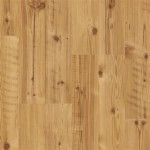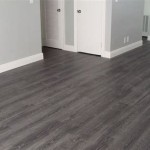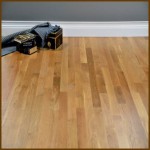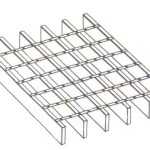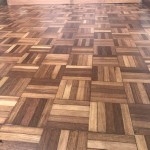Floating Hardwood Flooring: A Comprehensive Guide
Floating hardwood flooring has gained immense popularity in recent years, offering homeowners a durable, attractive, and easy-to-install alternative to traditional hardwood flooring. However, to ensure a successful installation and long-lasting performance, it's crucial to understand the essential aspects of this flooring type.
What is Floating Hardwood Flooring?
Unlike traditional hardwood flooring that is nailed or glued to the subfloor, floating hardwood flooring is installed over an underlayment, creating a floating layer that is not permanently attached to the subfloor. The planks are connected using a locking system, allowing for quick and hassle-free installation.
Advantages of Floating Hardwood Flooring
- Easy Installation: Floating hardwood flooring can be installed by skilled DIYers or professionals, making it a cost-effective option.
- Durability: The floating construction allows for some movement, reducing the risk of buckling or warping due to moisture or temperature fluctuations.
- Variety: Floating hardwood flooring is available in a wide range of wood species, stains, and finishes, offering endless design possibilities.
- Versatile Installation: It can be installed over most types of subfloors, including concrete, wood, and vinyl, making it suitable for various applications.
Factors to Consider
Before selecting and installing floating hardwood flooring, several factors should be considered:
- Wood Species: Different wood species offer varying levels of hardness, durability, and appearance. Choose a species that suits your lifestyle and aesthetic preferences.
- Plank Size: The size of planks can significantly impact the overall appearance of the flooring. Consider the room size and style when selecting the plank size.
- Finish: The finish protects the flooring from wear and tear. Choose a finish that complements the wood species and the desired level of protection.
- Underlayment: The underlayment provides cushioning, sound insulation, and moisture protection. Select an underlayment that is compatible with the flooring.
- Installation Method: Floating hardwood flooring can be installed using various methods, such as glue-less locking systems, glue-assisted locking systems, or click-lock systems. Choose the method that suits your skill level and the type of flooring.
Proper Installation
For optimal performance, proper installation is essential. Consult the manufacturer's instructions and follow these general steps:
- Prepare the Subfloor: Ensure the subfloor is level, dry, and clean. Any imperfections or moisture issues should be resolved before installation.
- Install the Underlayment: Roll out the underlayment over the subfloor, making sure to overlap the seams and tape them together.
- Start the Installation: Begin installing the flooring planks along one wall, leaving a small gap for expansion.
- Connect the Planks: Use the locking system to connect the planks by angling them and then snapping them into place. Ensure the planks are firmly connected without gaps.
- Continue Installation: Continue installing rows of planks, making sure to stagger the joints and maintain a consistent gap around the perimeter.
- Trim and Install Final Row: Measure and cut the planks to fit along the last wall, leaving a gap for expansion. Install the final row using a tapping block and mallet.
- Regular Cleaning: Use a soft broom or vacuum cleaner with a hardwood floor attachment to remove dirt and debris.
- Spot Cleaning: Clean spills immediately with a damp microfiber cloth and mild detergent. Avoid using harsh chemicals or abrasive cleaners.
- Protect from Moisture: Avoid excessive moisture exposure and immediately clean up any spills to prevent damage.
- Wear Floor Protectors: Use felt pads under furniture legs to prevent scratches or dents.
- Professional Cleaning: Periodically hire a professional to deep clean and refinish the flooring to maintain its beauty and longevity.
Maintenance and Care
Maintaining floating hardwood flooring is relatively straightforward:
By considering these essential aspects, you can make an informed decision about floating hardwood flooring and ensure a successful installation that will enhance the beauty and value of your home for years to come.

What Is A Floating Floor Pros And Cons Esb Flooring

What Is A Floating Floor Pros And Cons 50

What Is A Floating Floor Flooring America

Floating Floor Vs Nail Down Slaughterbeck Floors Inc

Advantages Disadvantages Of Floating Floors Floorings

Installation Port Madison Wood Floors

Floating Floors Au Naturale Contemporary N Timber Flooring

An Honest Review Of My Floating Floorté Hardwoods 3 Months Later

The Disadvantages Of Floating Floors T G Flooring

Floating Floors Vs Non What Gives
Related Posts

